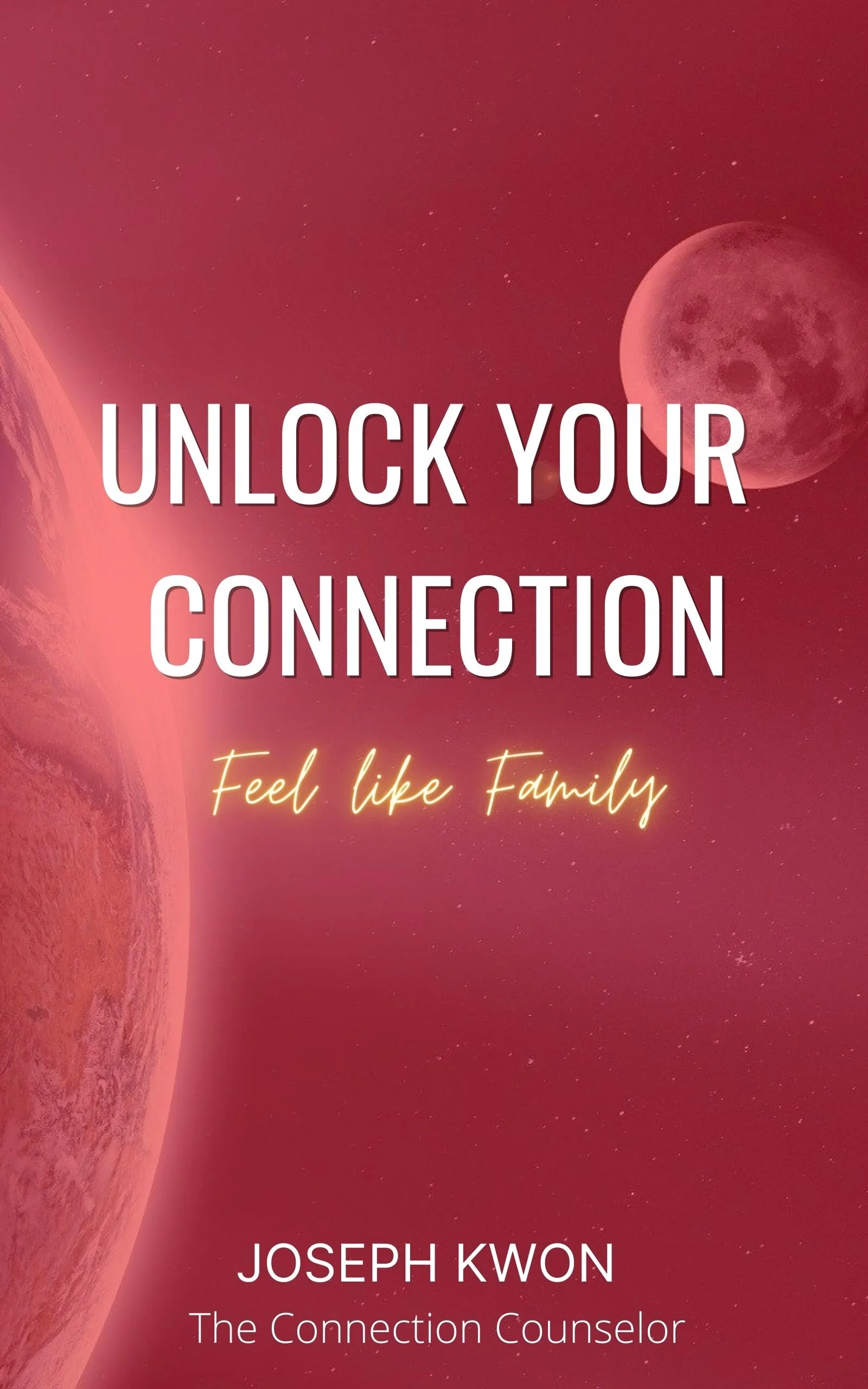Sometimes it feels like you are the only one in a conversation. You are engaged, telling great stories and asking great questions and in return for all your efforts you get…nothing, nada, zip. The problem is, you really need this person to engage to ensure the success of your project. As they continue to ignore your good faith efforts, it becomes harder and harder to ignore the “Abandon ship, abandon ship!” warnings blaring in your head.
I regret to inform you, if you want a better outcome, you have to make like a captain and stick with the sinking ship. However, the goal is not to go down with the ship. The goal is to save the conversation, develop rapport, and have a wildly successful project. The bonus is if it was easy and anyone could do it, you wouldn’t be nearly as impressive as you are! Luckily, there is a principle of flow that will transform your results when dealing with passive or unwilling team members.
THE FIVE PRINCIPLES OF FLOW
Earlier, we discussed how finding a path that works despite discomfort and matching the pace of your partner are key. Let’s take a look at what the 5 Principles of Flow can teach us about dealing with a person who seemingly doesn’t want to help.
Principle #3: Moving together requires enough energy to move both partners.
Picture that classic scene from movies where a fireman or solider carries an injured person out of a burning building. Cue epic music and hold for the slow-motion strut as the building explodes in the background. The injured person is draped over the shoulders of the rescuer. This is called a fireman’s carry and is a way to carry a person to safety without injuring yourself.
Have you ever tried to move someone whose body was totally relaxed? Do not, and I repeat, do not try this at home. It becomes exponentially more difficult to move a person, even if they are smaller than you, if their body is completely relaxed. It feels like the person has dissolved into a pool of Jello and suddenly tripled in weight.
“I have to disagree, Joe. I have no problem carrying an average-sized person in my arms.”
That’s right. You’ve pointed out an important nuance. It’s easier to lift and carry a person under certain conditions. When a person is conscious, it may not be obvious, but they are helping us in one or more ways. First, they are holding their body in a definite shape by providing some tension in their muscles. Second, they may be grabbing onto us so it isn’t entirely up to us to keep a grip on them. In both cases, they are providing some help, which decreases the amount of energy we have to provide.
Sometimes the person you are trying to connect with is not providing any help at all. You try to engage them, but they have checked out and have essentially left you to do all the work. Unless they provide some energy, it becomes much more difficult for you to provide all the energy yourself to move both of you forward.
“You’re not telling me it’s entirely up to me to move someone who is passively refusing to engage.”
I’m not advocating you carry the other person like a connection mule. You are right in thinking that a “do everything myself” approach will not work. However, the answer is not to abandon them in the burning building and give up. This is what we usually do after a few failed attempts at engaging. In our mind, our conscience is clear as we throw up our arms and exclaim, “Well, I tried and can’t very well do this all by myself.”
CONNECTION FIREMAN’S CARRY
In order to move forward when your partner is passively resisting, you have to perform the relationship equivalent of a Fireman’s Carry. You do this is by demonstrating, through word and deed, that you value their needs as much as your own. You must drape their needs over your shoulders, lift them up, and carry them forward alongside your own. The result is you are demonstrating, in a very powerful way, that you care so much about them that you are willing to take on this extra burden to move the relationship forward.
“Joe, this sounds exhausting. Surely, it’s not fair or realistic for me to carry the burden the entire time.”
That’s exactly right. Like a fireman’s carry, it is meant to move a short distance away from danger and towards safety. No one, not even a trained firefighter, can go too far in this mode. At some point, you will have to put the person down.
But, here’s the key. Your connection is not actually unconscious. They are just acting that way. When you carry their concerns, thereby showing them that you value theirs as much as yours, this creates a powerful emotional connection. This makes it more likely for them to engage. By engage, I mean voluntarily climb down off your shoulders, stand on their own two feet, and begin to run alongside you.
The power of this approach comes from how it builds the trust needed to start the other person moving of their own volition. Volition is defined as “the power of choosing or determining.” The word ultimately derives from the Latin verb velle, meaning “to will” or “to wish.” Also, the adjective “voluntary” comes from the same source.
The key is to move in a way that gets our partner to move of their own will, not through the force of ours. This is where we go wrong most of the time. We try to impose our will or convince the other person our will is right. Both of these techniques have a high failure rate. The more effective path is to move in a way that encourages them to join in and move themselves.
To succeed, It’s not enough to keep trying something that doesn’t work. If you are banging your head on a wall, sometimes continuing to do so just results in a bigger bump on your head. When you understand how to engage a passive or resistant person in a way that helps them want to engage, you increase the chances that your conversation, rapport, and ultimately project will succeed.
This is all great if people are still trying, but what if they have checked out. With Principle #4 of the 5 Principles of Flow we look at how you can change directions, even unexpectedly, without throwing everything, including your credibility, out of sync.
This article was adapted from the new leadership book, Unlock Your Connection. Find it here, along with other books from the Unlock Your Leadership series.
Joe Kwon, the Connection Counselor is a leadership coach and keynote speaker who helps elevate careers by unlocking the ability to better connect with yourself and others. Contact him if you'd like his help.
To find out more and to access free leadership videos, podcasts, and guides, go to www.connectioncounselor.com.
See video below for some examples of the classic movie scene I was talking about. So cliche, but oh so satisfying.






